Both road bike and gravel bike clearances have ballooned in recent years, but the grey area between them remains. We've seen plenty of brands releasing bikes that claim to be neither gravel nor road lately, instead dubbing them 'all-road' bikes. So, what exactly is an all-road bike? Should you get one, and are they really the N+1 killers that they're cracked up to be? Let's delve into what an all-road bike is, look at a selection of the best and answer some questions about this emerging genre.

Our overall bike of the year 2023/24: Vitus Venon EVO-RS Force AXS All-Road

We think that the "fastest and most comfortable endurance bike ever" is an all-road bike...: Specialized Roubaix SL8 Expert 2024

Fast, anywhere: Ridley Grifn RS

Titanium but not at titanium prices: Gloria All-Road Titanium

Race bike looks, endurance bike comfort: Argon 18 Krypton Pro Ultegra Di2 2024

A gravel bike that's at home on the road too: Orbea Terra M20iTeam GRX 825 Di2

Affordable and suitable for beginners: Ribble Allroad SL - Enthusiast
As we've already clarified, all-road bikes are seemingly taking over the cycling world. You can think of them as either endurance road bikes on steroids, or as gravel bikes having an affair with Lycra. Essentially, they’re kind of a halfway house between a road bike and a gravel bike.
What is an all-road bike?
Canyon describes all-road bikes as "drop-bar bikes that are fast and capable on any kind of road surface from smooth asphalt all the way to light gravel tracks."
Compared to a road bike, an all-road bike often has wider tyre clearances, more laid-back or stable geometry, wider gearing and an array of storage options.
Sounds a lot like a gravel bike, doesn’t it? With wider tyre clearance, relaxed geometry, storage options, sometimes suspension, and wider gearing, there's definitely some overlap. The line between road and gravel bikes is still a bit blurry, but of you'd like more details on the differences between a gravel bike and an endurance road bike, we have a feature on that too.
Tyre clearance
Cyclists are increasingly steering to wider tyres on road bikes, a trend reflected in bike designs, while gravel bikes have been getting even more spacious.
Generally, road bikes tend to top out at around 32mm for tyre clearance, whereas gravel bikes will take at least 40mm tyres.
All-road bikes are designed to bridge the gap between road and gravel bikes, offering tyre clearance from 32mm up to 40mm, depending on the model. The Ridley Grifn, for instance, can take 38mm tyres with a 2x crankset (as in our setup), 40mm tyres with a 1x crankset, and 32mm tyres when fitted with full mudguards.
Gearing
The gearing of all-road bikes sits somewhere in between road and gravel bikes. Many all-road bikes comes with a double chainset like on a road bike, but with smaller gearing. This is because all-road bikes are more commonly used for slower back lanes or gravel climbs, rather than smashing down an A-road.
Shimano GRX groupsets often come with 46/30T rings up front and SRAM makes a double chainset designed specifically for all-road bikes with smaller 43/30T rings, but with a 10T cog at the back to provide very similar ratios to this GRX setup.
Geometry
Similar to the gearing on an all-road bike, the geometry also takes a halfway house between road and gravel. Geometry is very important in how a bike rides, and in general, the progression of most to least aggressive geometry is: race bikes, endurance road bikes, all-road bikes, gravel bikes and then mountain bikes.
If this has created more questions than answers for you then my apologies, you can find what is hopefully a far more comprehensive explanation using the link below.
> What is an all-road bike? Is this new bike breed really an N+1 killer?
We have to admit, we initially thought that all-road bikes were just one big, massive compromise, that was until we tried some out...
You can see a selection of the best all-road bikes around right now below, and we've a bit more information about all-road for you in the Q+A section underneath our product recommendations. As always, if you want to know more about how we review products and make selections for our buyer's guides, you can have a read of this that explains why you can trust us over a dodgy AI-generated list off of Google...








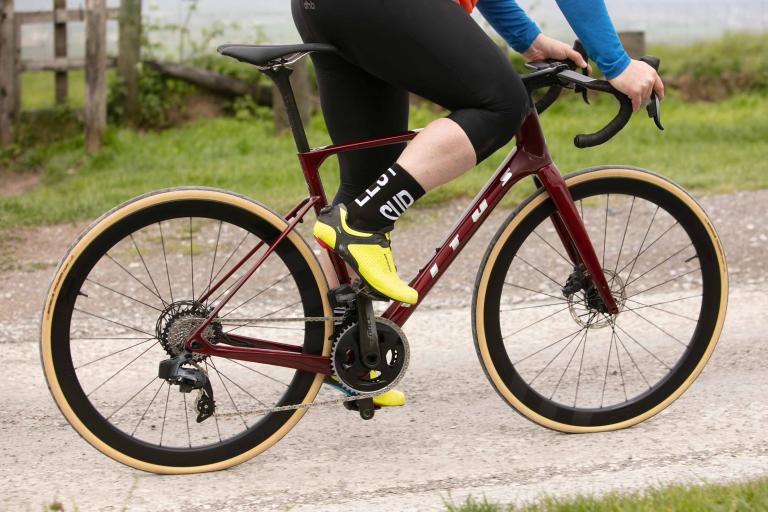
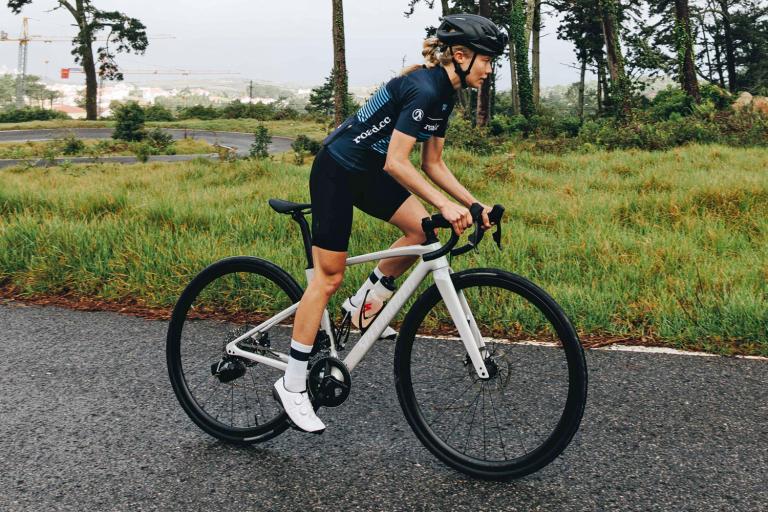
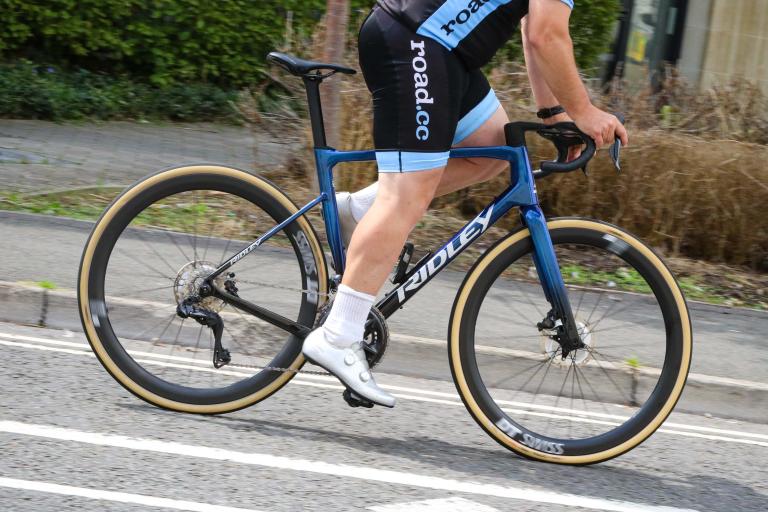
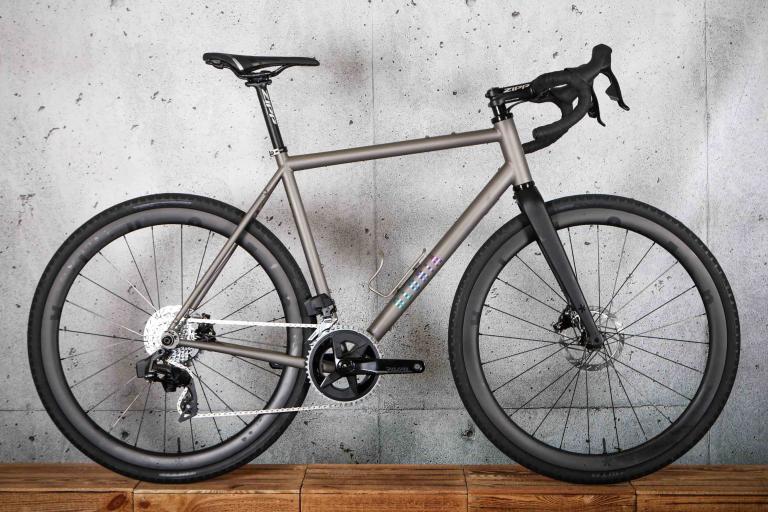
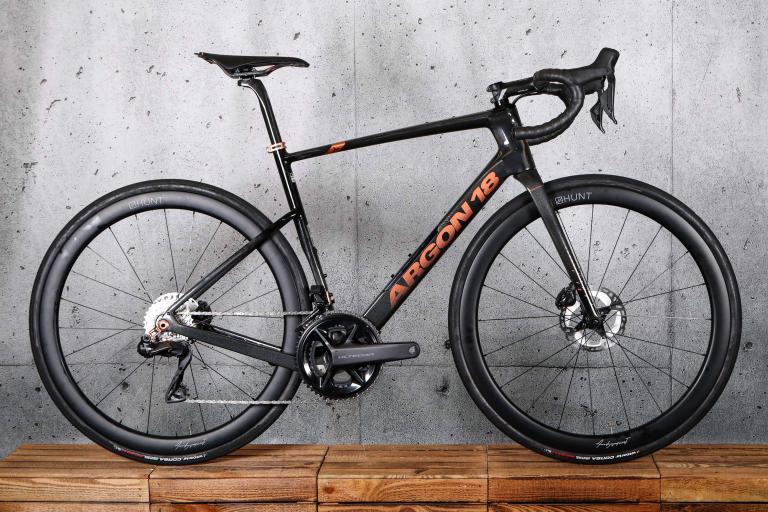

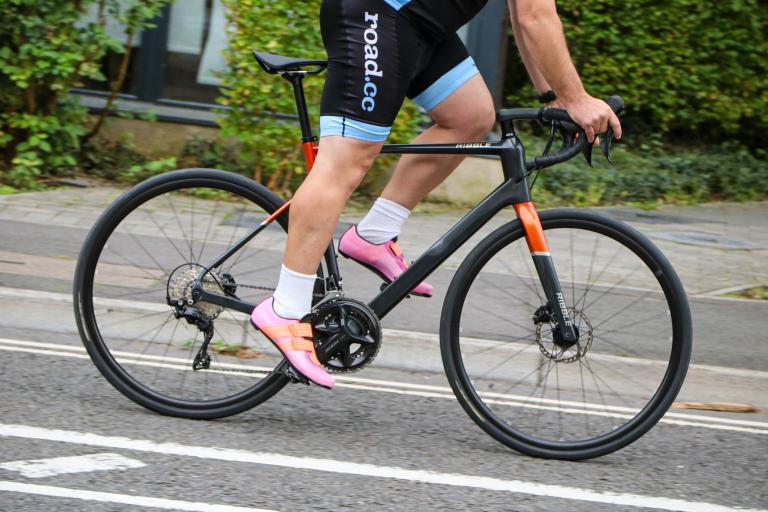
Add new comment
16 comments
Just another name for bikes so that the gullible can be separated from their cash.
Are there limitations on the type and number of bikes people are allowed to have without being called "gullible" in your world?
Well, if there trooly are all-road bikes, one could surmise that anyone with two or more bikes is a gull. This would include me too (3X a gull).
Of course, all of us have been consumer gulls for decades now. No matter we're all about to die of weather - let's buy some more stuff then wing to the other side of the planet to use it! If we're lucky all will go as planned, with no drowning in a flood, burning in a fire or dying in a local war about the shrinking food suppy.
*********
How gully be you, BTW? I could make a guess but ....
I could make a guess but ....
...reference
https://www.planetaryhealthcheck.org/
Struggling to see the difference between allroad and cyclocross. Maybe the geometry is slightly different, but most people would not be able to tell the difference. One thing is certain your advice is bad if you are telling people to ride the majority of the bikes listed above as a commuter, you may be able to ride these on gravel paths and muddy sections but without mudguards you are going to arrive in a mess, if you commute often your plastic clip on mudgurds will do your head in after a month or so.
The Specialized Tricross (of which I own an example, used for winter commuting, a bit of trails and general errand running (and occasional long road rides when I know there's going to be some really steep stuff thanks to its front triple)) has been around since (I think) 2006; Specialized designated it a "Freeroad" bike as intended for all terrain - so not only have all-road bikes been around for a long time, they've even had fancy names!
Tht Tricross is the perfek example of an all-purpose, all surfaces, go anywhere bike. The design was so good I bought two of Tricross Comps, each being configured for different primary purposes: a road bike for not just the fast flats of The Fylde but also the very hilly roads & tracks of Pennines, Lake District and Cambrians; t'other a winter bike also sporting guards, rack & panniers so used for shopping, audax and the odd tour.
This bike design, especially when configured to do so with changes of stem, bars, tyres and gear ratios, could ride everything, even The Three Peaks if one was wanting to do proper MTBing.
They came with decent tyres - 32mm in what would now be called a gravel tyre: smooth centre with knobbed & ridged sections each side. The cantis and frame clearances allowed slightly bigger tyres if required, though. The frame even had the admittedly primitive compliance-suspension elements of zertz in forks and seat stays.
It did lack one "essential" feature, though: a label stating "All-Road". But that's what it was.
🤣🤣 i have been using cyclo cross bikes on the road for 15 years !
Have a extra wheelset with road tyres, with an other cassette to sort the gearing out .
I built up (well a bike mechanic did the work) a titanium gravel bike earlier this year; my vision was more all-road but the mechanic nudged me towards wider tyres (700x40 front/700x45 rear; Maxxis Ramblers; tubeless). Took it out to Tuscany where there is plenty of gravel (and tarmac obv!), which could quickly vary from nicely graded, to pretty lumpy/broken up and even single-track. The wider tyres were very welcome and I think 32mm would have been a bit challenged at times. Didn't feel particulary slow on-road. It was all new (all-road) routes for me and when off-road you just had to deal with whatever 'gravel' you got; I was glad I wasn't 'limited' by tyre size.
This harticle is a bit late. It claims that:
"There have always been bikes like allroad bikes, but up until now we haven't given them a fancy name. It's only recently that gravel bike clearances have ballooned, so a gravel bike from 10 years ago is, for all intents and purposes, an allroad bike nowadays". ..... But ......
https://www.renehersecycles.com/our-new-book-the-all-road-bike-revolution/
But, as this book itself mentions, a great deal of the all-road design features are taken from French fast-touring and audax bikes that existed even before WWII !
And many a rough-stuff bike of decades ago was in practice an all-road bike, with cantis allowing bigger tyres, mudguard and rack mounts but a "fast" road geometry; or perhaps a more cyclo-cross design. Some of them took part in and even won events such as the Three Peaks.
Marketing, eh!? "See my new invention, The Wheeel".
JH was using the allroad term by 2010 if not earlier. There may well be others as well. It's a shame that this is ignored by big bike. For me allroad is the other side of gravel to road-race bikes and can cope with smooth tarmac to rough singletrack bridleway.
Turns out what I thought was my so-called gravel bike was actually an allroad bike all along...
Looking forward to replacing my GRVL bike with an LL RD bike.
Quick, TM that
Looking forward to the imminent release of allroad-specific pumps, shoes, jerseys etc!
...but only if they're aero'.